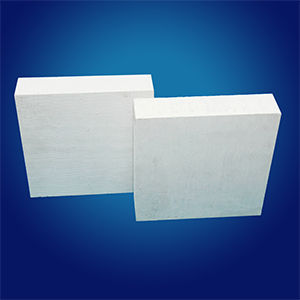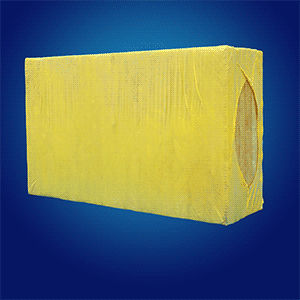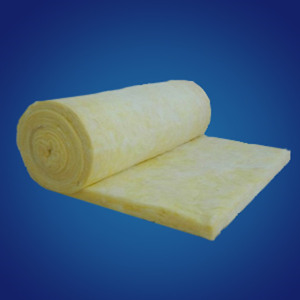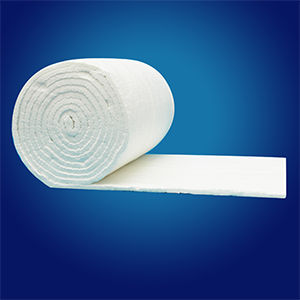
If you have any need for our products, please contact us in time
Contact Us
The Importance of Rock Wool Insulation Board in Building Energy Saving
Posted by:Yolanda Date:23.Jul.2020
Rock wool thermal insulation board is mainly used for building thermal insulation, which can generally include wall thermal insulation, roof thermal insulation, door thermal insulation and ground thermal insulation. Among them, wall insulation is the most important, and two forms of on-site composite wall and factory prefabricated composite wall can be used. One of the former is the internal thermal insulation of the outer wall, that is, the outer layer is made of brick walls, reinforced concrete walls, glass curtain walls or metal plates, the middle is an air layer and a rock wool layer, and the inner side is made of paper-faced gypsum board. The other is the external thermal insulation of the exterior wall, that is, a rock wool layer is attached to the outer layer of the building, and the exterior decoration layer is added. The advantage is that it does not affect the use area of the building. The external thermal insulation layer is fully enclosed, which basically eliminates the hot and cold bridge phenomenon, and the thermal insulation performance is better than the internal thermal insulation of the external wall. Factory prefabricated composite walls are various rock wool sandwich composite panels. The promotion of rock wool insulation walls is of great significance to the building energy conservation in my country, especially in the cold northern regions.
Because the thermal insulation rock wool board has excellent thermal insulation, compared with EPS foam, it also has a good fire protection function, which is very suitable for the thermal insulation of construction and industrial equipment, pipelines, containers and various kilns. Building thermal insulation, that is, preventing heat loss in winter and heat gain in summer, is the biggest application field of rock wool.
Rock wool insulation board is widely used for heat preservation and heat insulation of tanks, boilers, heat exchangers and other equipment and buildings with a large plane and radius of curvature. The general use temperature is 600 ℃. It can also be used for the insulation of ship bulkheads and ceilings. The role of fire prevention. Rock wool glass cloth seam felt is mainly used for heat preservation and heat insulation of equipment with complex shapes and high working temperature. The general use temperature is 400 ℃. If the construction density is increased to 100kg/m3 or more, the bulk density of the heat preservation nail is increased and the metal outer protection is adopted. The use temperature can reach 600°C. Rock wool wire mesh joint felt is mostly used for heat preservation of tanks, pipes, boilers and other high-temperature equipment. The use temperature is 600℃. If the construction density is increased, the bulk density of the insulation nail is increased, and the metal outer protection is used, the effect will be better.
Rock wool insulation tape is widely used for heat preservation and heat insulation of large-diameter pipelines, storage tanks and other equipment, and the use temperature is generally not higher than 400 ℃. Rock wool tube shell is mainly used for heat preservation and heat insulation of small diameter pipes. The maximum use temperature of dry pipe does not exceed 600℃, and the maximum use temperature of wet pipe does not exceed 400℃. In addition, some developed countries produce granular rock wool, which is used for heat preservation of house ceilings and sandwich walls; at the same time, it can be used as a spraying material to coat walls, beams or kiln surfaces for fire protection and heat preservation.
When conducting thermal insulation construction, the surface to be insulated is required to be clean and dry; for rusty metal surfaces, appropriate anti-corrosion coating can be applied first. The butt joint of the insulation material must be tight to reduce heat loss. When adopting multi-layer insulation, the joints of each layer should be staggered to avoid hot and cold bridges. For heat preservation at low temperatures, add vapor barrier to the cold surface for outdoor heat preservation or vulnerable parts. The exterior should be wrapped with metal or plastic. Pay attention to the sealing of joints and joints and the overlap of cladding. When the temperature is higher than 200℃, the insulation layer should be properly protected to prevent the thickness and bulk density of the insulation layer from changing due to thermal expansion.







